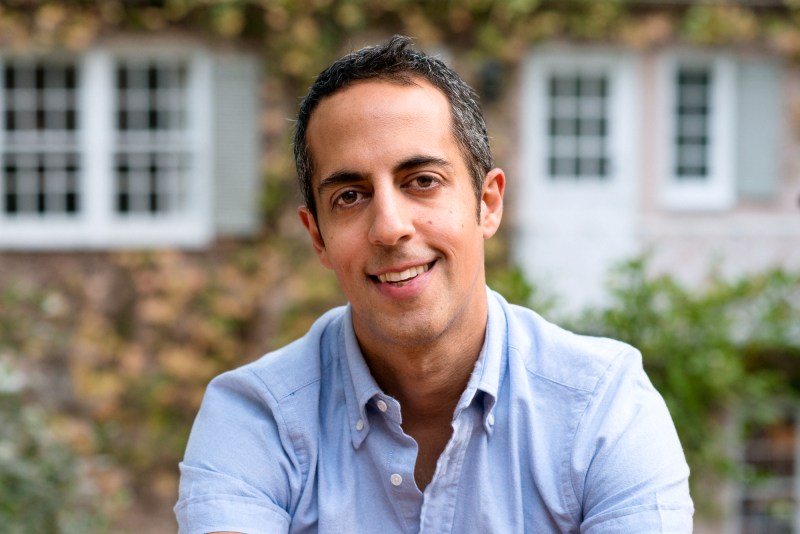By Vincent S. Castellano
On March 13, Community Board 14 in Rockaway unanimously voted to re-open the old LIRR line between Aqueduct and Queens Blvd. This line has been closed so long, most people don’t even know it exists. Yet it is the key to the future of mass transit in Queens. Many people call it White Pot Junction, but that is not correct.
White Pot Junction is actually the bastardized Dutch name for the area in Kew Gardens where the Rockaway line splits off the LIRR mainline to head south to the Rockaway Peninsula. When service began on the line in the early part of the 20th century this entire line was called the Rockaway Beach Branch. The line goes straight south from Kew Gardens past Forest Park, Richmond Hill, Ozone Park, Aqueduct, JFK, Howard Beach and Broad Channel. The line split into two branches on the Rockaway Peninsula with the Far Rockaway Branch returning to the LIRR (via Valley Stream) forming a loop. During the depression, the Rockaway Beach Branch provided a 35 minute ride from Penn Station to Rockaway. Could you imagine such a thing today?
In 1952, NYC purchased the entire Rockaway Beach Branch from White Pot Junction to Far Rockaway, and severed the connection with the LIRR Far Rockaway Branch which remains in service today. Originally, the NYC Board of Transportation planned to link the Rockaway Beach Branch to the subway under Queens Blvd. just east of the 63rd Drive Station. It was never built.
When the NYC Transit Authority took over the City’s mass transit, it connected the southern portion of the Rockaway Beach Branch to the A train and discontinued use of the 3.5 mile section between Aqueduct and Queens Blvd. The right of way is still there, but the abandoned tracks have not been used since 1962.
By disconnecting the northern part of the Rockaway Beach Branch, the powers that be severed train service between south and north Queens. Have you ever wondered why a Rockaway train has to go through Manhattan to go to Flushing? This is why.
When the old Board of Estimate approved Rockaway for the subway, at the last moment the route was changed from the Rockaway Beach Branch as proposed by Robert Moses to the much longer A train route through Brooklyn. The Board of Estimate made this decision in private. There is no record of what was said, and there has never been an explanation for the sudden change in route. Speculation abounds.
However, no one can argue that after 60 years of supposed mass transit improvements, a 40 minute ride from south Queens to Manhattan is now twice that. Please join me in thanking all the well paid public servants who made this possible.
Today, many cast covetous eyes on this unused right of way. Some people, in the borough of parks, living just blocks from the sprawling Forest Park, claim that they need yet another park. They claim all alternate uses are unnecessary, undesirable and intrusive. These same people have a 30 minute commute to Manhattan yet feel no shame in denying it to others. It’s the familiar “I got mine, screw you.” attitude.
Borough leadership centered in the Kew Gardens area has always opposed this plan for political reasons. They don’t want their streets torn up to provide a benefit to southern Queens. NIMBY. Borough President Helen Marshall promises to study it. She has been borough president for 10 years yet so busy with renaming streets that she just has not had time to find solutions to traffic congestion in Queens. I do hope the sound of leadership from Albany is not too stressful for her.
Let me suggest that the best plan for the future of Queens is the original one from 1952. Re-establish the connection between the existing A train at Aqueduct and White Pot Junction in Kew Gardens. This can be done simply by adding new NYCTA tracks on the 3.5 mile northern branch thereby making the connection to Queens Blvd. There the old Rego Park Station (near 63rd Drive) could be rebuilt as a transportation hub providing transfers between the subway and the LIRR mainline. The Rego Park Station is less than 10 minutes from Penn Station.
This short 3.5 mile stretch of track effectively connects the A, E, J, M, R and Z subway lines to the LIRR. In addition, it runs parallel to Woodhaven Blvd so it will reduce congestion there. It also crosses Jamaica Avenue, Atlantic Avenue and Metropolitan Avenue and terminates in the vicinity of Junction Blvd, Queens Blvd and the LIE. If you had to create this right of way today the cost would be staggering. Yet this priceless public asset (paid for with taxpayer dollars) just sits there collecting rust for the last 50 years. Have we elected the wrong people to manage public assets?
Making the new Rego Park Station a transportation hub in the center of Queens also makes other transportation options possible. Limited/Select bus services could be established from the Rego Park Station to LaGuardia Airport, Citifield, Queens College and Flushing. This would be a one transfer, one fare connection between north and south in Queens. It would finally make Queens College accessible in practice and not just in theory.
Re-establishing the Rockaway Beach Branch would also reduce vehicular traffic and congestion since this plan is cheaper, faster and more efficient than existing mass transit plans and current vehicular options within Queens. Congestion on the Van Wyck is legendary and getting more notorious by the day. Woodhaven Blvd and Queens Blvd are getting so bad they are damaging the quality of life of their neighbors. We can try to fix these problems or we can take the lead from Borough Hall and pretend they don’t exist.
Environmentalists who claim they want to reduce vehicular traffic and gasoline consumption will be hard pressed to oppose this Rockaway Beach Branch plan. It would take thousands of cars off the road. How much cleaner will the air be? How much faster would the remaining traffic move? Or perhaps these local environmentalists are as sincere as the Kennedy’s of Massachusetts, who are in favor of wind energy provided windmills are not in their view.
Re-establishing the Rockaway Beach Branch would be the most important mass transit improvement in Queens since the building of the IND Subway line under Queens Blvd. in the 1930’s. This truly is a shovel ready job.
All we lack is the will and the leadership.
Vincent S. Castellano, a Rockaway native, is a member of CB14’s Transportation Committee and a former Chair of CB14. He would like to acknowledge the contributions of John Rozankowski, writer and mass transit advocate, to this article.

































